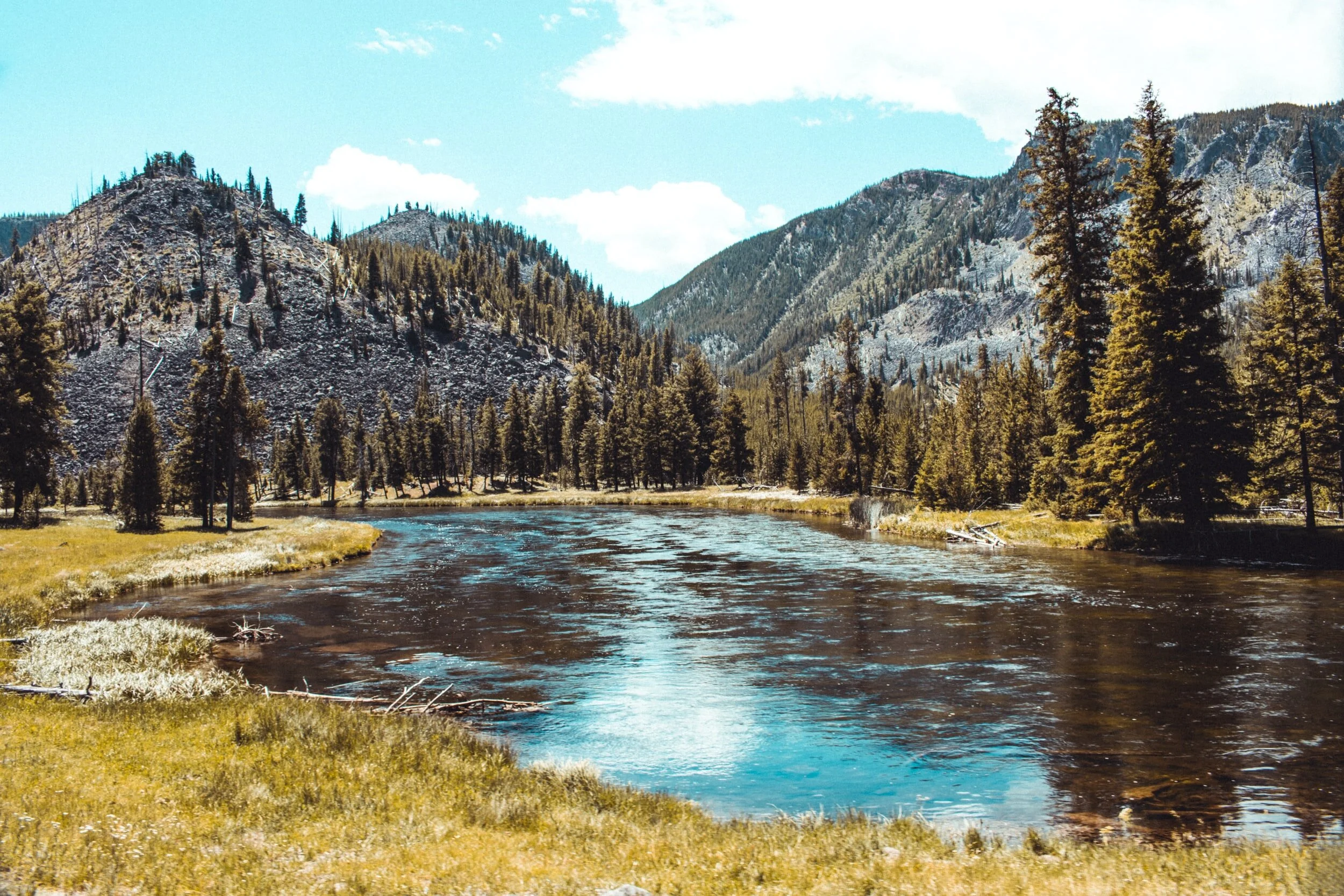Wolves & The Transformation of an Ecosystem
This is a story about how a single change to an ecosystem totally transformed the landscape, sparking a chain of restoration and biodiversity expansion in one of America's most beloved national parks. This is the story of Yellowstone National Park and the reintroduction of wolves transformed an entire park.
In the 1800s and into the 1900s, wolves and other predatory species were almost entirely removed from Yellowstone national park to protect livestock and desired species. At this time, little was known about interspecific interactions within the park. With a lack of predatory pressure from wolves, the population of the elk and deer skyrocketed. On the flipside, there was also an increased pressure on the forests in Yellowstone which pushed the park beyond its carrying capacity. The declining state of the park lead to unfavourable conditions for the survival of a few species.
After nearly 70 years of absence, 31 grey wolves were introduced to Yellowstone and this is where our trophic cascade begins. A trophic cascade is an ecological phenomenon triggered by the addition or removal of top predators impact the density and/or behaviour of their prey and thereby enhance survival of the next lower trophic level. The reintroduced wolves began killing the deer and elk, which started changing the behaviour of the deer as they began to avoid valleys and gorges. The valleys and gorges which had previously been heavily consumed by deer became forests of aspens, cottonwoods and willow trees.
The increased forest meant an increase in bird diversity and species populations. Before the reintroduction, there was only one known beaver in Yellowstone. With the increased forest density????, the beaver population in Yellowstone increased. Beavers are often referred to as "ecosystems engineers" because of the way they manipulate the landscape through building dams, cutting down trees, and digging canals. The increased presence of beavers in the park created a habitat for fish, muskrat, ducks, otters, as well as reptiles and amphibians.
The reintroduction of wolves in Yellowstone created an impact felt at the lowest levels of the food chain. With the wolves gone, coyotes had moved into the top predator slot. When the wolves returned, they killed the coyotes which lead to an increase of mice and rabbit populations within the park. This led to an increase in the number of Hawks and bald eagles.
The bald eagles and bears fed on the remainder of deer's and other animals that wolves left behind, the bear population grew because of this and the abundance of berries that the forests were now able to provide. The growing bear population furthered the cycle of the actions of the wolves by also hunting young deer, contributing to population control efforts initiated by the wolves
Ultimately, the 31 wolves that were brought into Yellowstone transformed the physical geography of the park. Species diversity increased; tree growth increased by over 500% over 6 years. The structure that the trees provided meant that there was more stability within the soil leading to a decrease in soil erosion. Increased structure means that rivers will stabilize and meander less, allowing pools of water to form, creating an excellent place for wildlife habitats to develop.
This is a remarkable story to be shared. Not only does it display the interconnectedness of species, each being just as important as the next, it also demonstrates how a single action can contribute to the bigger picture.
We all participate in ways that are difficult to see and hard to understand, but the actions we take can have a significant impact.
For more information, check out these sources:


